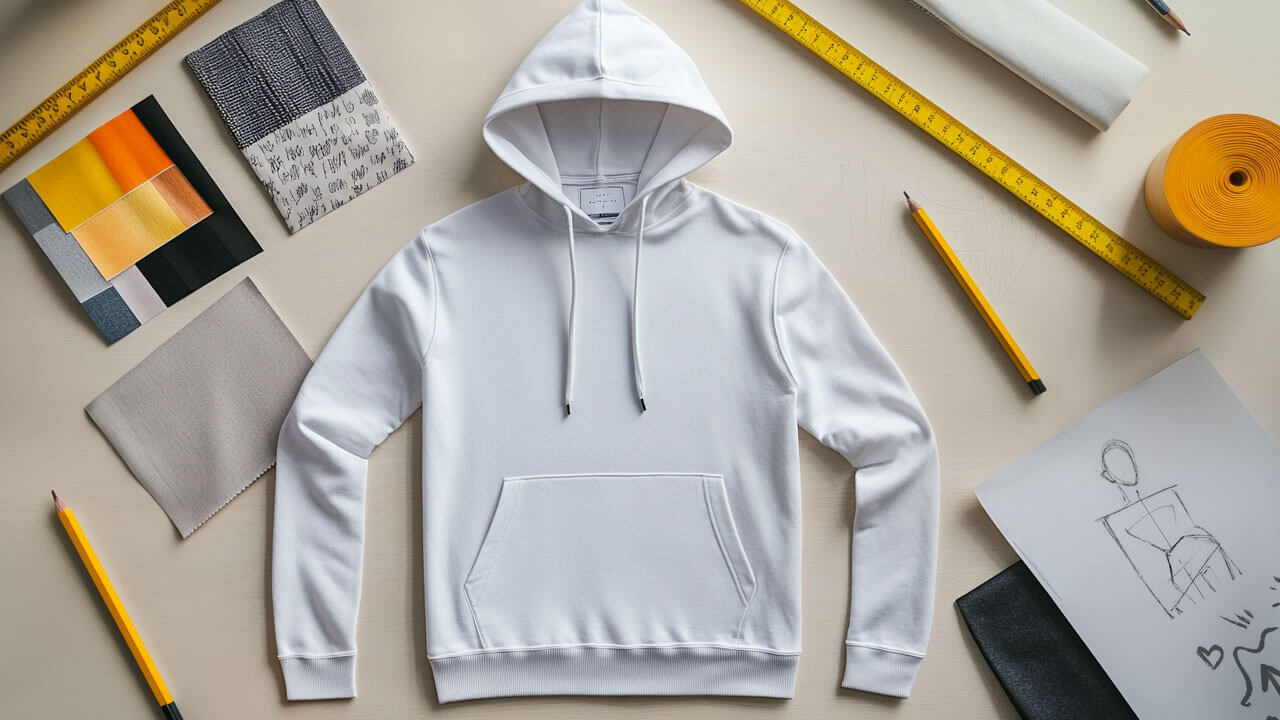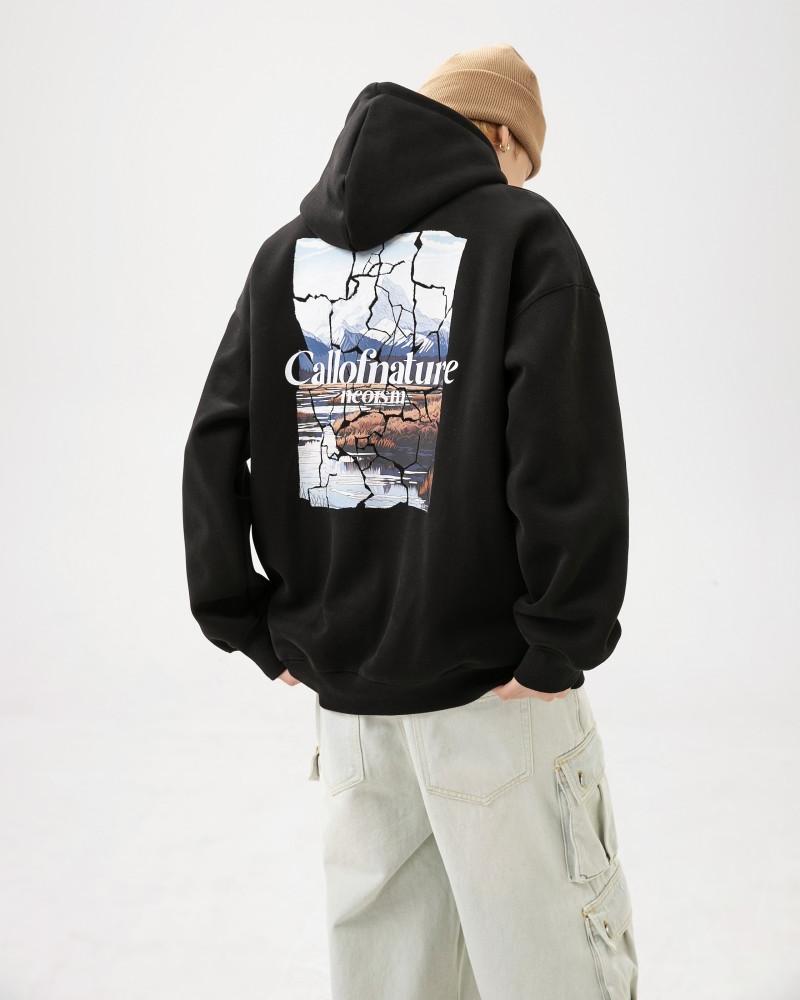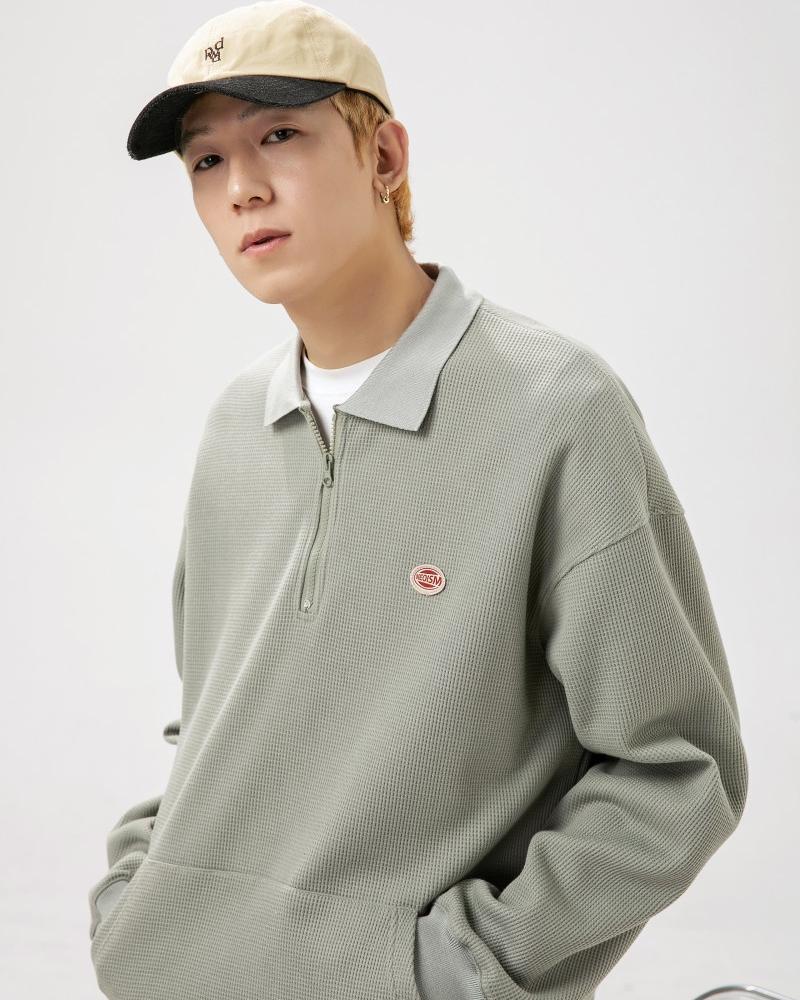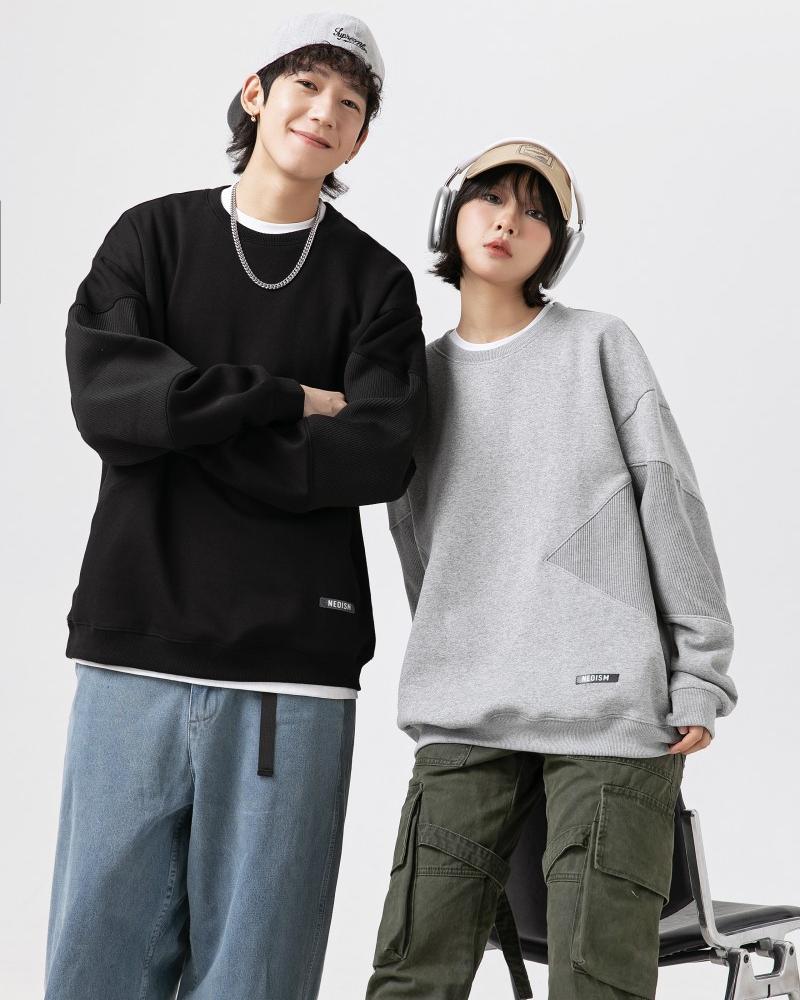-
No. 28, Zhanqian 1st Street, Liuhua Subdistrict, Yuexiu District, Guangzhou City

The Ultimate Guide to Clothing Label and Packaging Design: 10 Strategies to Make Your Brand Stand Out
Table of Contents
Abstract
In today’s visually driven consumer market, clothing labels and packaging have transformed from purely functional elements to powerful brand communication tools. Research shows that 72% of consumers judge product value based on packaging quality, and well-designed labels can increase brand recognition by 80%. This guide systematically analyzes 10 core dimensions from material selection to smart integration, and combined with successful cases of brands such as Nike and Gucci, it reveals how to use label and packaging design to:
- Establish a high-end first impression
- Increase repurchase rate by more than 30%
- Achieve sustainable brand premium
- Create viral communication opportunities At the end of the article, there is a cost optimization formula and the latest environmentally friendly material procurement guide for 2024 to help brands achieve maximum communication benefits with minimal investment.
1. Label material: the silent game of tactile marketing
Data support: MIT Tactile Lab research shows that satin labels can increase product value perception by 23%, while recycled cotton labels increase environmental recognition by 18%. Practical examples:
- Light luxury strategy: Theory uses 0.3mm ultra-thin satin and hot stamping 0.1mm precision stitching
- Sports optimization: Lululemon uses laser engraved silicone labels, which can be washed more than 200 times Cost comparison: | Material type | Unit price (10,000 pieces) | Applicable scenarios | | Japanese Mitsubishi satin | ¥18,000 | High-end ready-to-wear | | Organic cotton blend | ¥9,500 | Environmentally friendly series | | Washable non-woven fabric | ¥6,200 | Basic style |
II. Information architecture: Balancing FDA regulations and marketing
Compliance design:
- Required items: Ingredient labels must comply with 16 CFR Part 303 (US) and EN 1811 (EU)
- Value-added items: QR code size must not be less than 15×15mm, ensuring a 98% scanning success rate Innovative template:
[Brand LOGO] [Core technology icon] ← such as "temperature regulation technology" [Ingredients] 82% organic cotton/18% spandex [Care symbol] ← ISO 3758:2012 standard [Story area] "Each piece saves 3L of water" ← Sustainable development statement

Three, the revolutionary application of thermal transfer technology
Technical parameter comparison: | Type | Washability | Thickness | Cost index | –| | Traditional silk screen printing | 50 times | 0.3mm | 1.0 | | Digital direct printing | 80 times | 0.15mm | 1.8 | | Nano penetration | 120 times | 0.05mm | 2.5 | Successful applications:
- Under Armour’s HeatGear series uses microporous penetration technology, and the label’s breathability is increased by 40%
- Victoria’s Secret PINK series uses fluorescent ink, and the night recognition rate is increased by 300%
Fourth, tag dynamics: from logo to interactive entrance
Conversion rate data:
- Tags with discount codes increase the secondary purchase rate by 34% (Nielsen 2023)
- The sharing rate of tags with AR trigger images is 7 times that of ordinary versions Structural innovation:
- Plantable tags: Paper tags containing plant seeds, with a germination rate of 92%
- Scented tags: Using microcapsule technology, the fragrance lasts for 30 days
- Wearable tags: Transformed into temporary tattoo stickers, the usage rate increased by 28%
V. 4-level certification system for environmentally friendly packaging
Purchasing decision tree:
Is it in contact with skin? → Yes → Choose FDA certified materials
→ No → Is it waterproof? → Yes → Choose PLA coating
→ No → Choose FSC certified kraft paper
Cost-benefit analysis:
- Sugarcane fiber packaging: 15% higher initial cost, but 22% higher customer lifetime value
- Mycelium packaging: 3-year ROI of 180%
VI. ROI model of smart packaging
NFC chip implementation plan:
- Basic version: ¥0.8/piece, providing genuine product verification
- Advanced version: ¥1.5/piece, including dressing tutorial push
- Ultimate version: ¥3.2/piece, supporting metaverse wear Case:
- Ralph Lauren’s RLX series is realized through NFC:
- 48% of users watch brand videos
- 19% directly jump to buy matching items
VII. Neuroscience design of unboxing experience
Sensory stimulation formula:
Memorability = 0.4×(tactile) + 0.3×(visual) + 0.2×(hearing) + 0.1×(olfactory) Implementation plan:
- Special tear tape: produces 20-40 dB tearing sound (peak of pleasure)
- Embossed depth of lining paper: optimal tactile feedback is 0.2-0.5 mm
- Fragrance microspheres: fragrance burst volume is controlled at 0.1 ml/piece
VIII. Three major certifications for sustainable labels
- GOTS certification: organic fiber content ≥ 95%
- OEKO-TEX® STANDARD 100: detects 400+ hazardous substances
- Cradle to Cradle: material recycling rate certification Procurement channels:
- European market: choose Lenzing™’s EcoVero series
- North American market: give priority to Caliper™’s PCR polyester
IX. Packaging plan for crisis management
Emergency elements:
- Reserve 5% of the blank label area for temporary labeling
- Pre-print multi-language instructions on the back of the tag
- Use coverable barcode design Practical application:
- Zara saved ¥2.3 million in rework costs through double-layer label design during the 2022 supply chain crisis
X. Golden ratio of cost control
Optimal allocation model:
Total packaging cost ≤ 8% of product price Among them:
- Main label: 35% budget
- Transport packaging: 25%
- Additional experience: 40% Bulk purchase formula:
Discount rate = 0.3×log(order volume) - 0.1 Example: Order volume 10,000 → Discount rate 21% Order volume 50,000 → discount rate 30%
FAQS
1. Why are clothing labels important for branding?
72% of consumers judge product value based on packaging, and well-designed labels can boost brand recognition by 80%
2. What label materials are best for premium brands?
Satin labels (e.g., Theory’s 0.3mm ultra-thin satin) increase perceived value by 23%, while recycled cotton enhances eco-appeal.
3. What information is legally required on clothing labels?
Must comply with FDA/CE regulations, including fiber content (e.g., 16 CFR Part 303 in the US) and care symbols (ISO 3758:2012).
4. How can thermal transfer tech improve labels?
Nano-penetration labels last 120+ washes (0.05mm thick), while fluorescent inks (like Victoria’s Secret) boost night visibility by 300%.
Execution Roadmap
Phase implementation suggestions:
- Quarter 1: Complete label material upgrade (budget 40%)
- Quarter 2: Introduce smart packaging pilot (budget 30%)
- Quarter 3: Full environmental certification (budget 20%)
- Quarter 4: Optimize unboxing experience (budget 10%)
KPI monitoring system:
- Target for reducing packaging-related customer complaints: ≥15%/quarter
- User-generated content growth rate: ≥25%/month
- Packaging cost to revenue ratio: annual decline 2%
Scan the QR code at the end of the article immediately to get the full data version of the “2024 Global Packaging Design Trend Report”, which includes 37 benchmark brand disassembly pictures and supplier whitelists. Brand upgrade, start with the next packaging order!








